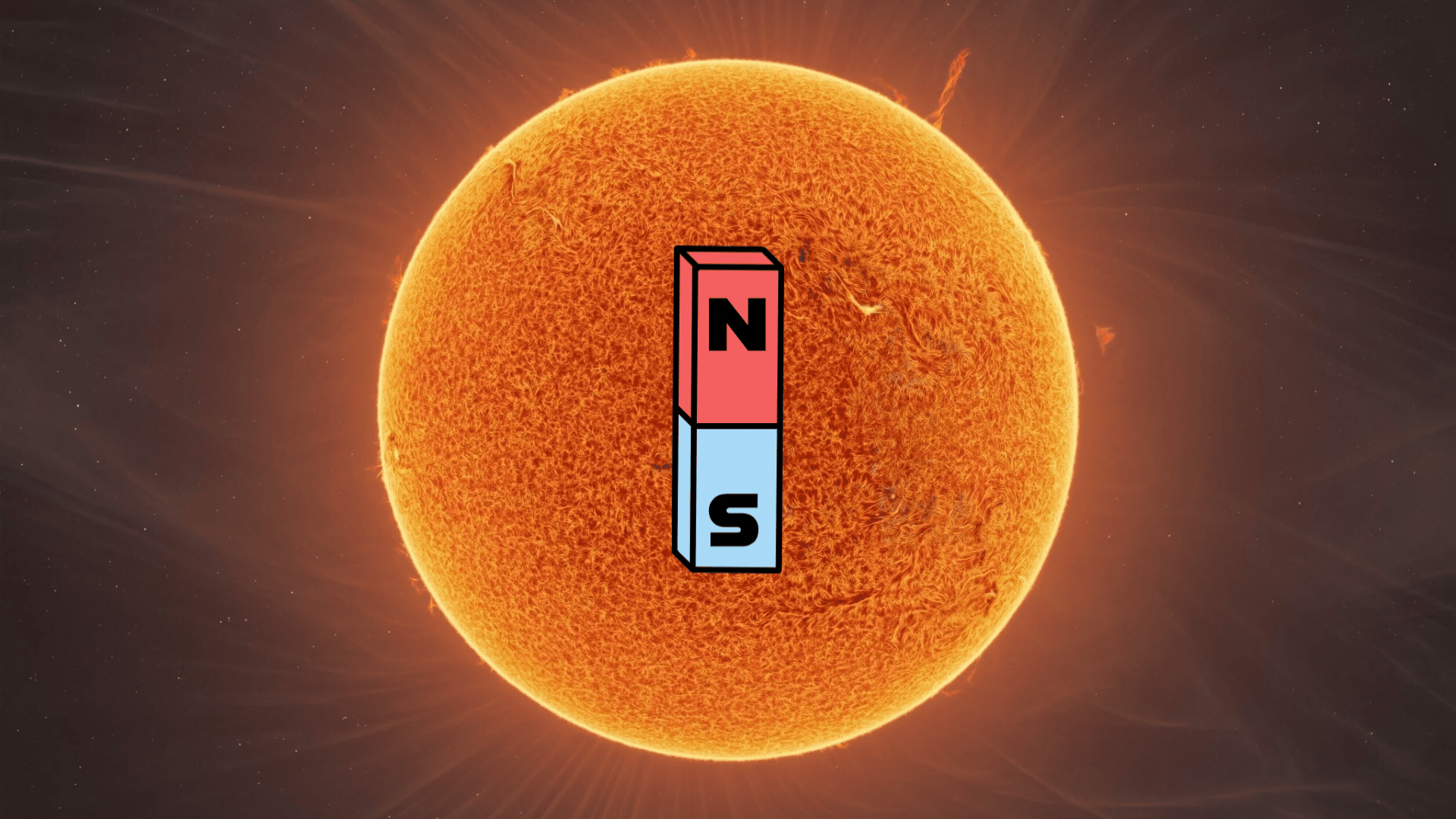- cross-posted to:
- becomeme@sh.itjust.works
- hackernews@lemmy.smeargle.fans
- cross-posted to:
- becomeme@sh.itjust.works
- hackernews@lemmy.smeargle.fans
That title is click bait
This phenomenon happens roughly every 11 years and marks an important stage in the solar cycle.
How does it affect us?
It doesn’t.
Yeah, nothing cool ever dooms us all.
We get a maxima in solar storm activity. This can cause solar flares that can knock out satellites. They can even mess with power transmission lines, if they hit hard enough.
So it won’t affect you, if you don’t use power, or data via satellite.
This is the best summary I could come up with:
This approximately 11-year cycle of solar activity is driven by the sun’s magnetic field and is indicated by the frequency and intensity of sunspots visible on the surface.
But as we shift toward solar maximum, “the sun’s magnetic field becomes more complex, without a clear north-south pole separation,” French said.
The reversal is driven by sunspots, magnetically complex regions of the sun’s surface that can spawn significant solar events, such as solar flares and coronal mass ejections (CMEs) — large blasts of plasma and magnetic field.
Space weather is typically the strongest during solar maximum, when the sun’s magnetic field is also the most complex, according to French.
One side effect of the magnetic field shift is slight but primarily beneficial: It can help shield Earth from galactic cosmic rays — high-energy subatomic particles that travel at near light speed and can damage spacecraft and harm orbiting astronauts who are outside Earth’s protective atmosphere.
Scientists will be keeping a watchful eye on the sun’s magnetic field reversal and seeing how long it takes for it to bounce back into a dipole configuration.
The original article contains 970 words, the summary contains 182 words. Saved 81%. I’m a bot and I’m open source!




